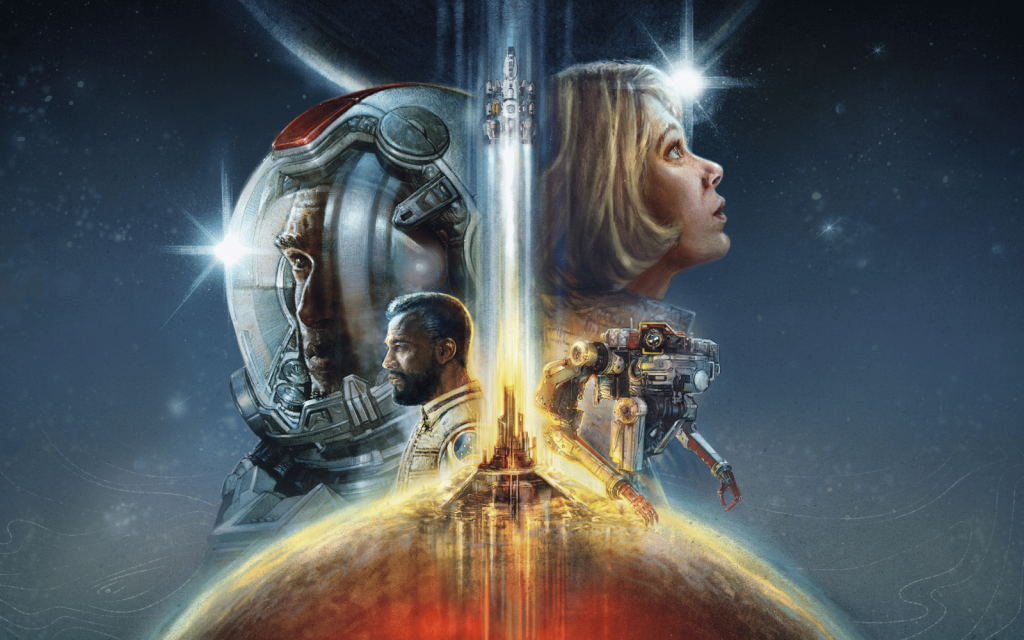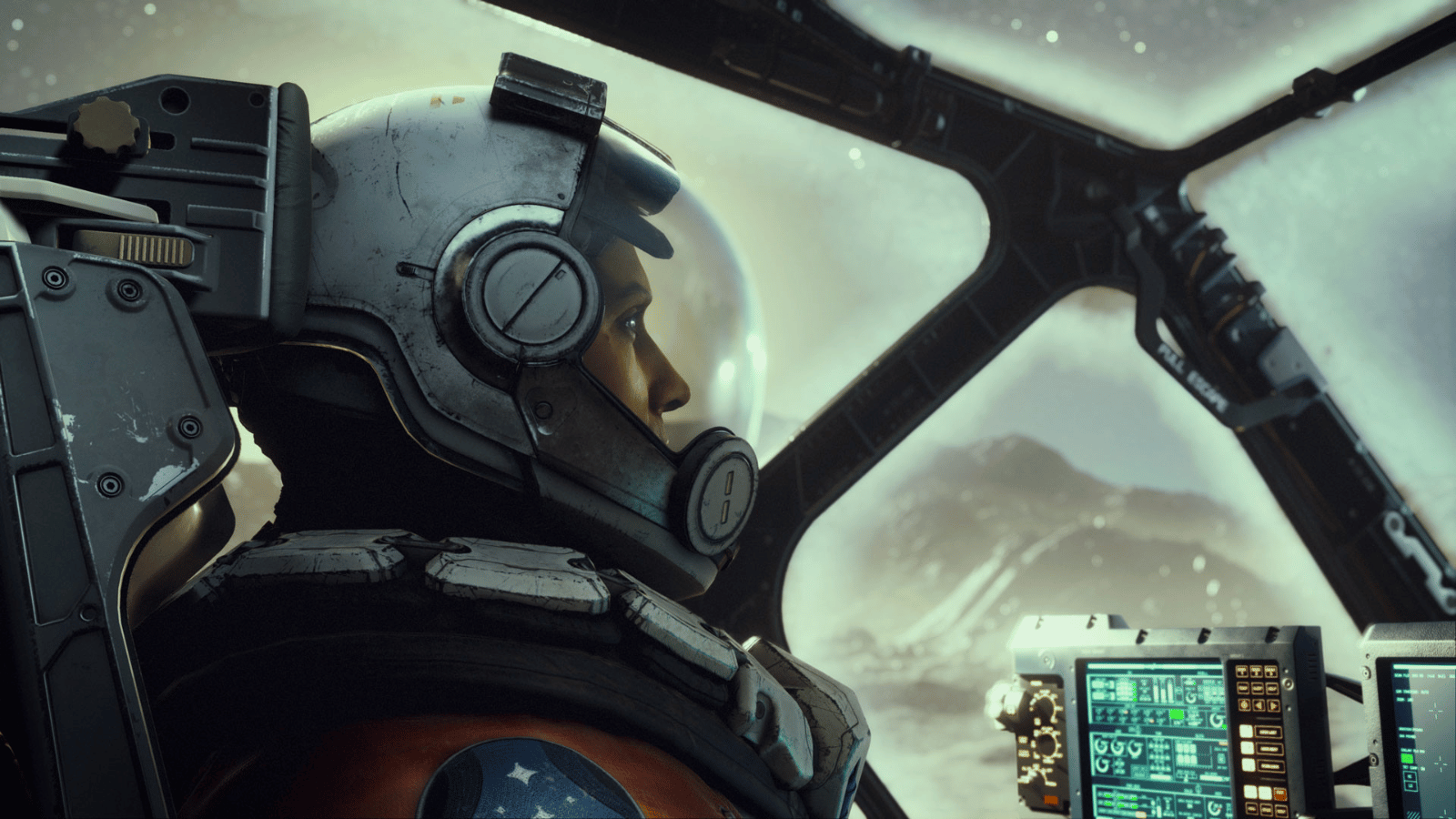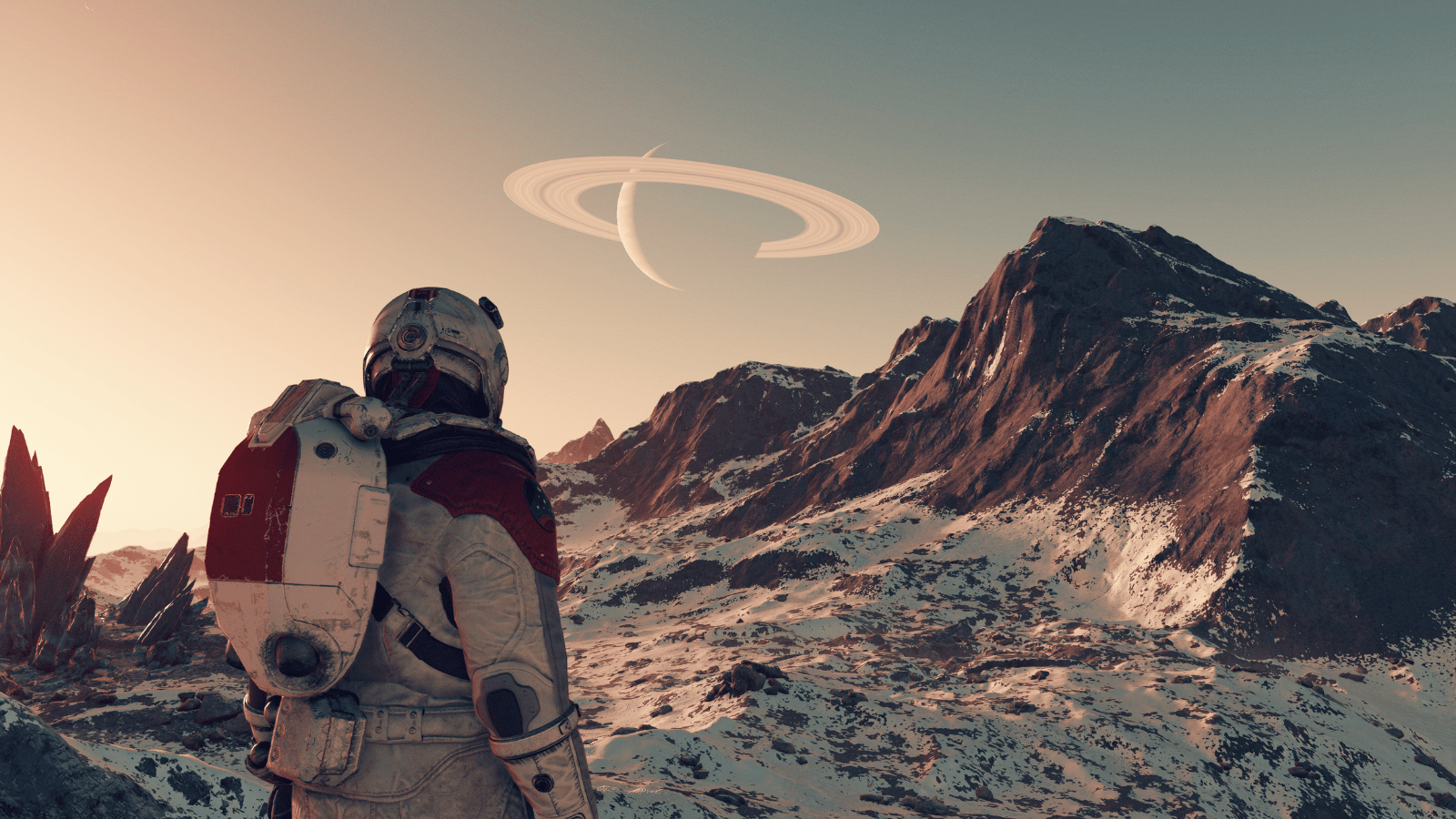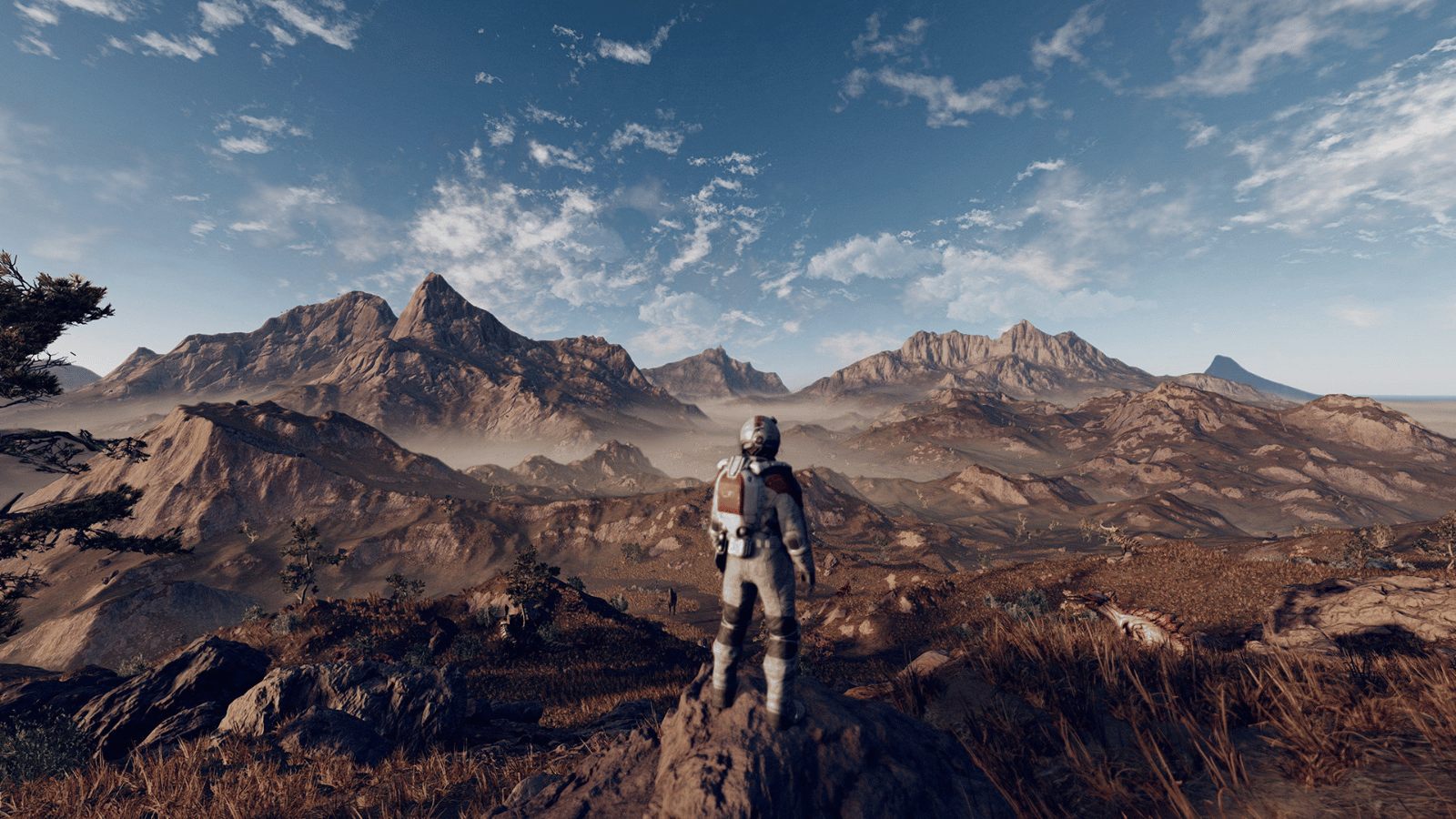Bethesda's Starfield isn't quite able to match the prestige of its glory days; back when Skyrim reigned surpreme. It oftentimes came across as bloated and dull, with just a hint of exhilerating thrown in to keep us docile. The game is at its best when Bethesda's tighter areas and quests are the focus, but quickly devolves into a snore fest when tasked with... anything else.
-
Story
-
Gameplay
-
Replayability
-
Visuals
-
Performance
It takes something especially powerful to take the concept of space and make it boring. There’s arguably nothing more exciting than the idea of exploring what lies out in the great beyond; it’s a fantasy that many popular sci-fi stories have attempted to capture to varying degrees of success. Following in the footsteps of No Man’s Sky and Elite Dangerous, Bethesda’s Starfield is the latest game to try to make good on the promise of intergalactic escapades and while it succeeds in some respects, many baffling decisions rooted in outdated design hold it back from capitalizing on the call of adventure promised on the tin.
A not-so-meticulously crafted universe
If you’ve played one of Bethesda’s many very successful role-playing games in the past, including The Elder Scrolls V: Skyrim and most of the modern Fallout series, then you’ll have a pretty good idea of what to expect from Starfield.
Stepping into the role of a voiceless protagonist, players will be given their own ship and allowed to explore the cosmos, completing an overwhelming number of quests as they look to complete the core objective of investigating a strange artefact that may point to the existence of intelligent life somewhere out in space.
It’s an exciting premise, even if it’s a little tried-and-testing. Starfield leans heavily into what Bethesda has described as “NASA-punk,” an aesthetic choice that places more emphasis on science rather than fiction. For a while, it’s a cool look. The game’s particular vision of humanity’s voyage into the stars is grounded and unique with ships and cities having a chunky look that doesn’t feel inauthentic to how they might look in a couple of centuries.
Starfield is at its best when players are walking around these made-up environments, the places that humans have crafted both in and outside of the world. Walking around Jemison, one of the game’s main cities, is a joy as the cacophony of sounds and sights weaves an image of a world that could exist. It feels genuine. Yet when we left these more built-up locations, reality quickly set in.
For a game that has so much detail in its more artistic elements, Starfield is unforgivably barren, a fact that only lead us to boredom. Sure, it’s possible to touch down on hundreds of different planets but once your boots hit the ground… there’s not much to it.
That’s not entirely fair. Players can scan the environment and build bases ala No Man’s Sky but beyond that, most of the planets don’t offer much in the way of unique experiences. There are only so many times a weird rock is interesting to look at. After venturing across a handful of planets, scanning and documenting our discoveries, we lost interest in that part of the game entirely and opted to approach the more crafted quest elements. Which are… better, but that’s not saying much.
Exposition overload
The writing in Starfield, and by extension most of the quests on offer, is intriguing at best and a waste of time at worst. Especially in the early hours of the game, players will be stuck in what feels like an endless string of conversations with talking heads. There’s nothing stopping you from just skipping the dialogue and getting right into the action, but this is Bethesda we’re talking about here.
In comparison to their previous games, wherein conversations with interesting NPCs were usually the main draw, Starfield is dull to sit through. Characters aren’t exactly riveting to chat with and many of them just seem to drone on with irritating exposition dumps. It’s like the game is terrified that players won’t understand what it’s trying to say unless it straps them to a chair, Clockwork Orange style, and forces them to sit through ages of talking that never really amounts to anything more than, “Go here, do that.”
Which is a pity because once Starfield gives the reigns over to the player there’s some genuine fun to bad. We encountered a particular highlight while we made our way through what we believed to be an abandoned mining outpost – only to find a clue that would lead us to the lair of someone called The Mantis. What followed was a detailed questline that involved investigating an infamous space warrior who had long since passed, resulting in the acquisition of a badass new spacesuit and starship. Whether by design or emergent, it was exhilarating.
For those wondering about the combat, the other major aspect of Starfield, it’s fine. It’s not broken but it’s not necessarily deep either. It’s engaging enough to be fun, but only for so long. It’s held up by an in-depth modding system that allows for all kinds of fun and interesting tweaks to the surprisingly robust amount of weapons that can be found in containers and bodies scattered around.
Starfield verdict
We’re just not entirely sure who this game is made for. One half seems to be appealing to the explore-and-discover loop of No Man’s Sky, but that aspect is too often interrupted by grating dialogue and tedious menu navigation. The other half is likely targeting the role-players of Skyrim, but the abundance of loading screens and tacked-on guff is enough to destroy any semblance of immersion.
Starfield is an example of why being the jack-of-all-trades might not be the best approach to achieving a tight, concise product. Bethesda’s latest game feels bloated and dull which is all the more frustrating when genuinely excellent parts managed to shine through all the cruft. Almost like a promise one knows they can’t keep but do their best to anyway.







